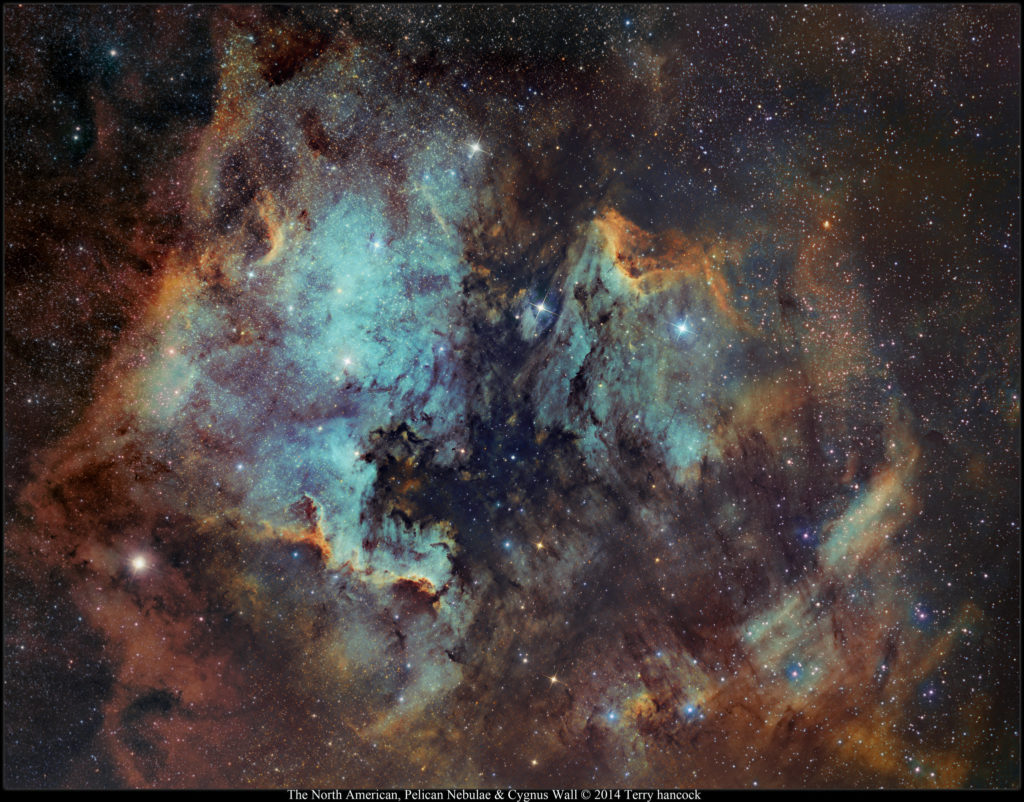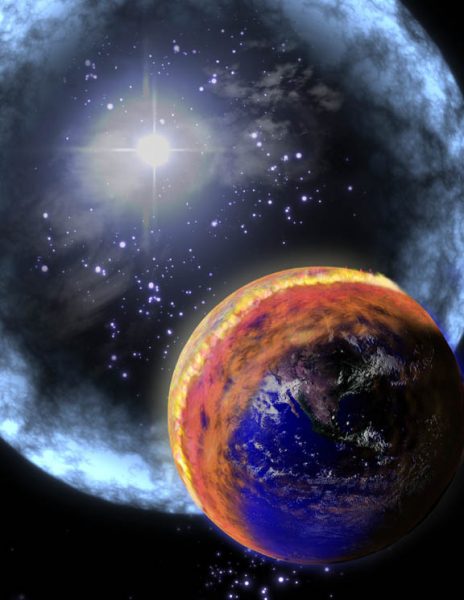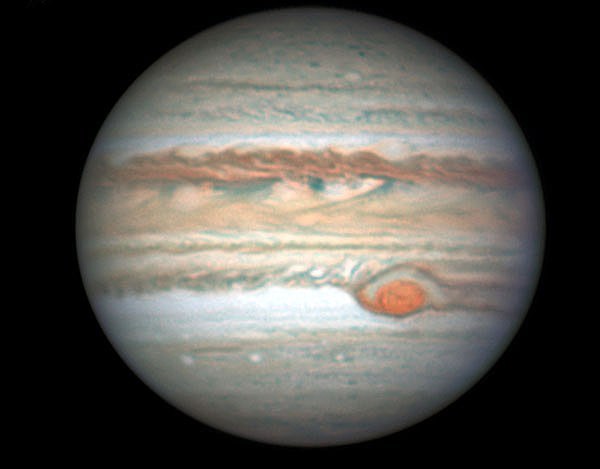
In my previous sky tour, I talked up the virtues of observing deep sky objects using fairly high magnifications with a reasonably big 8-inch f/10 telescope. This time around, let’s veer to the opposite extreme and take a tour of a series of celestial objects that are best seen using small telescopes, low magnifications, and wide fields of view.
Cygnus, the Swan, which is as emblematic of northern-hemisphere summer as any other constellation, holds two of the best examples of wide-field objects which are visible nearly overhead in late northern summer, and low over the northern horizon for southern-hemisphere observers [Read more…] about Deep Sky Tour: Nebulae in Cygnus
Share This:


